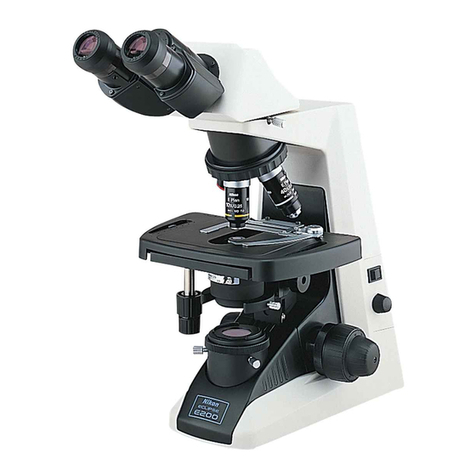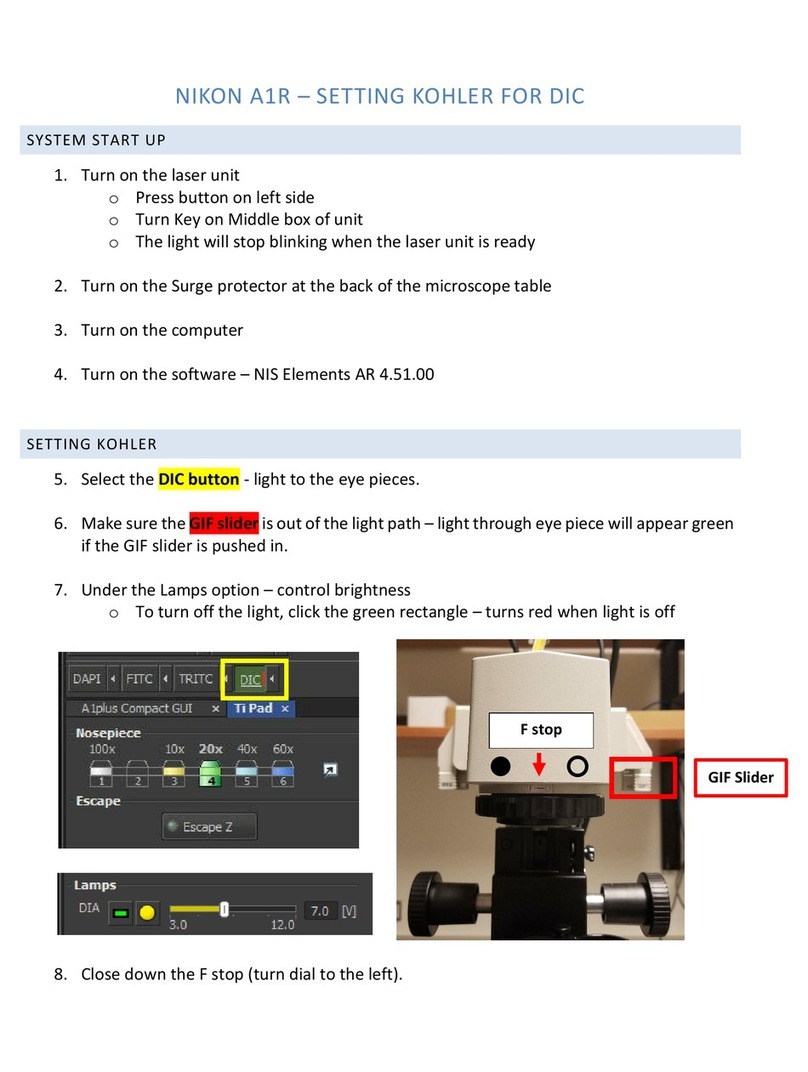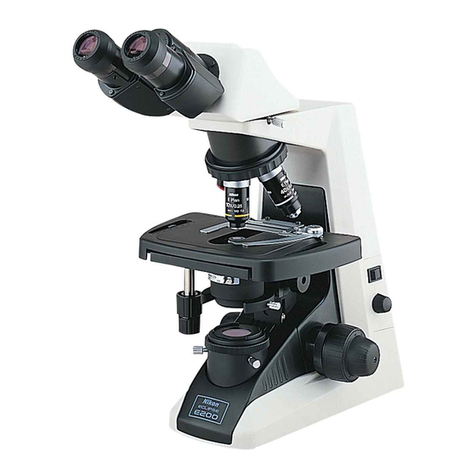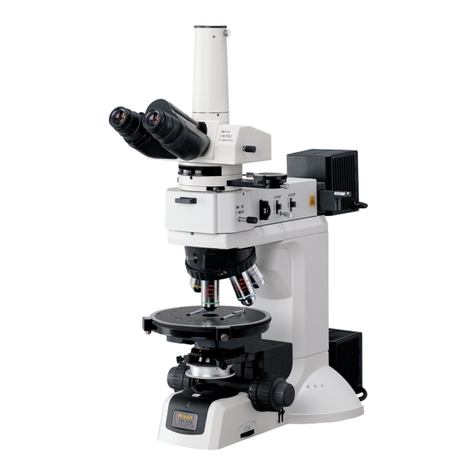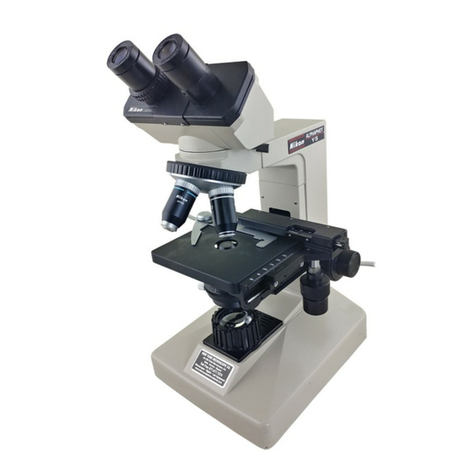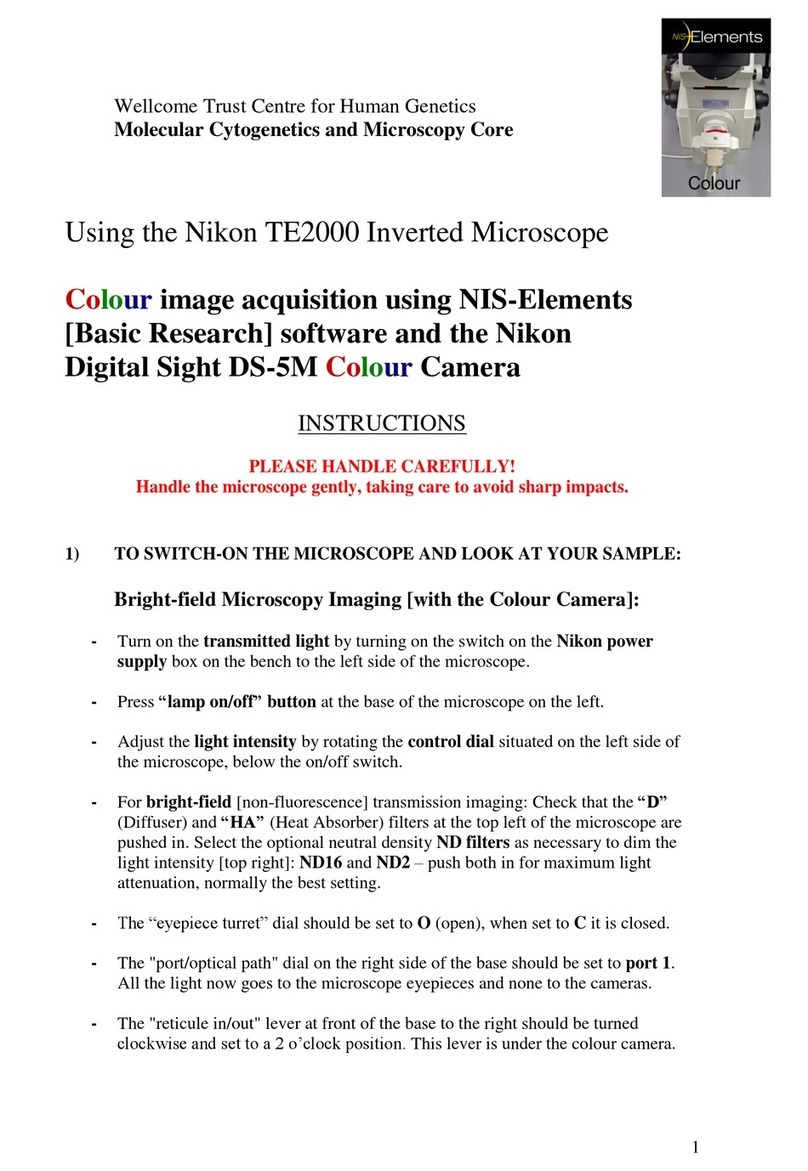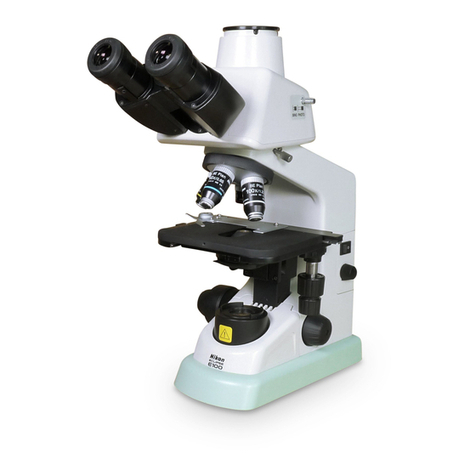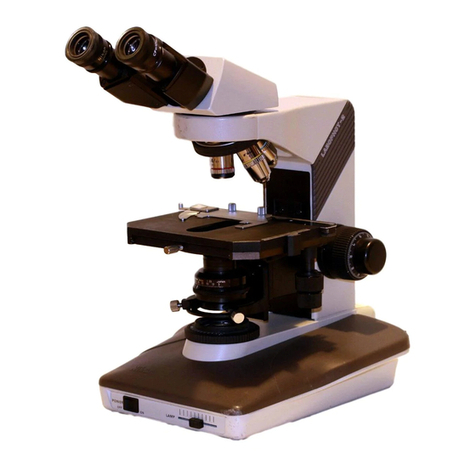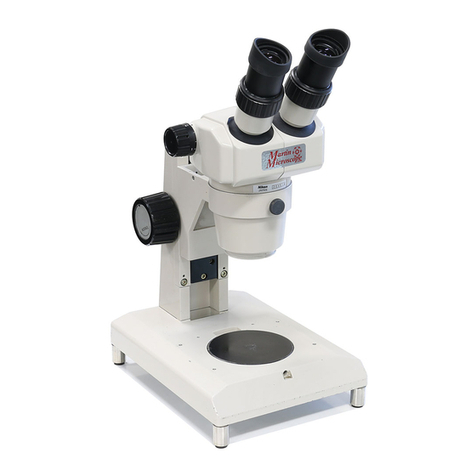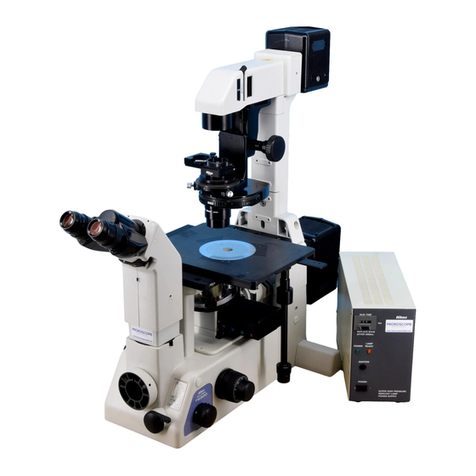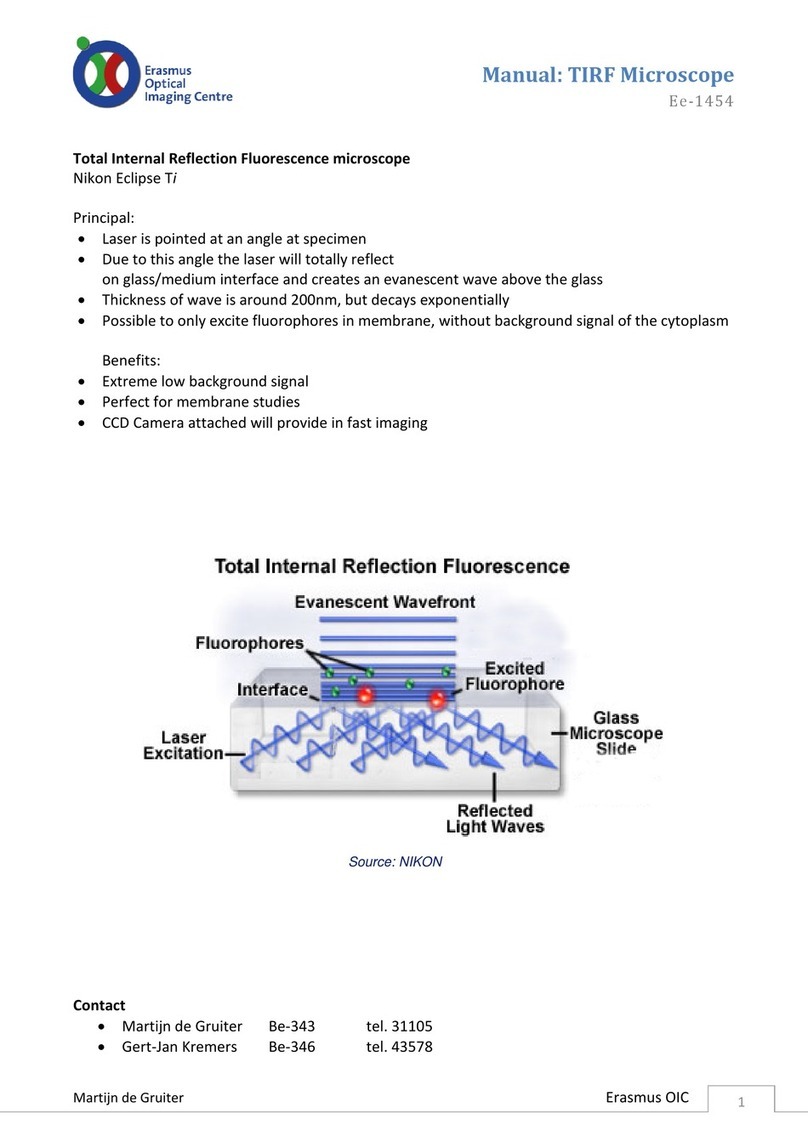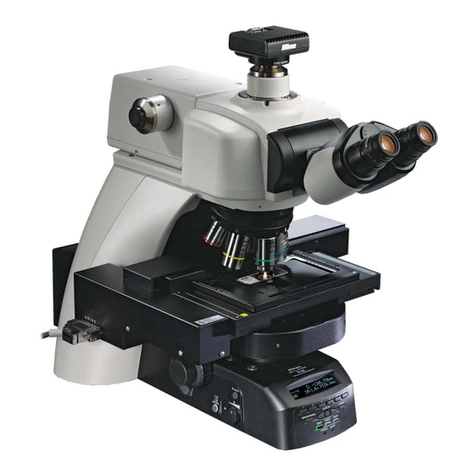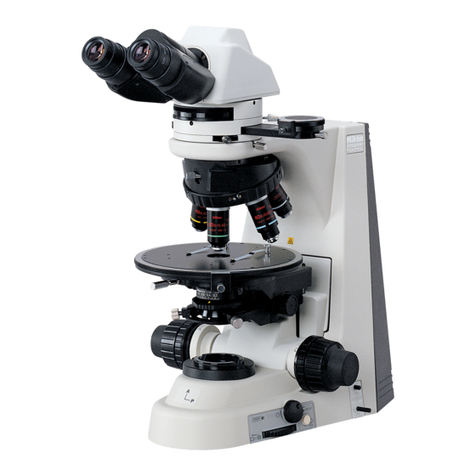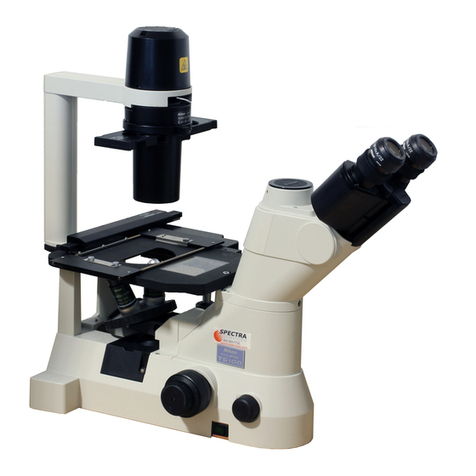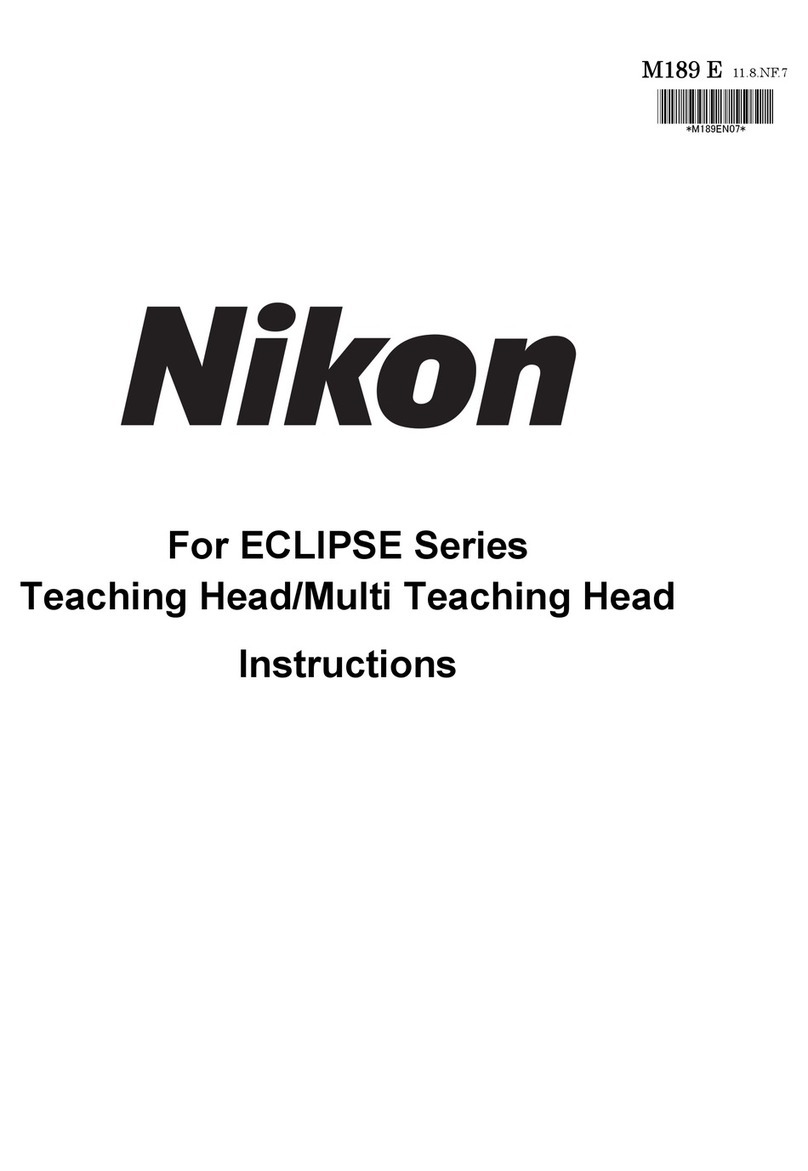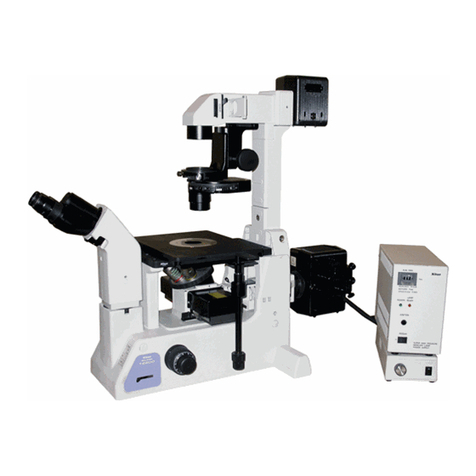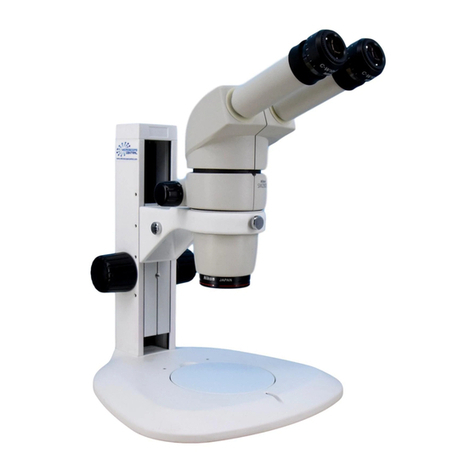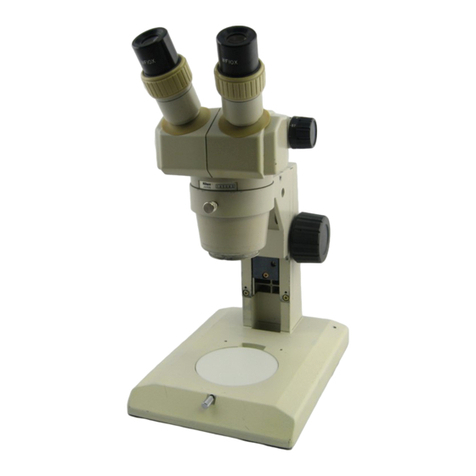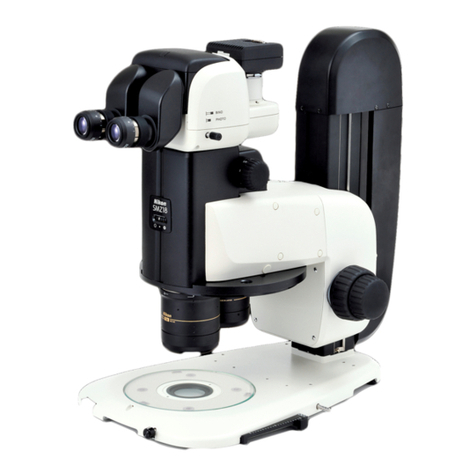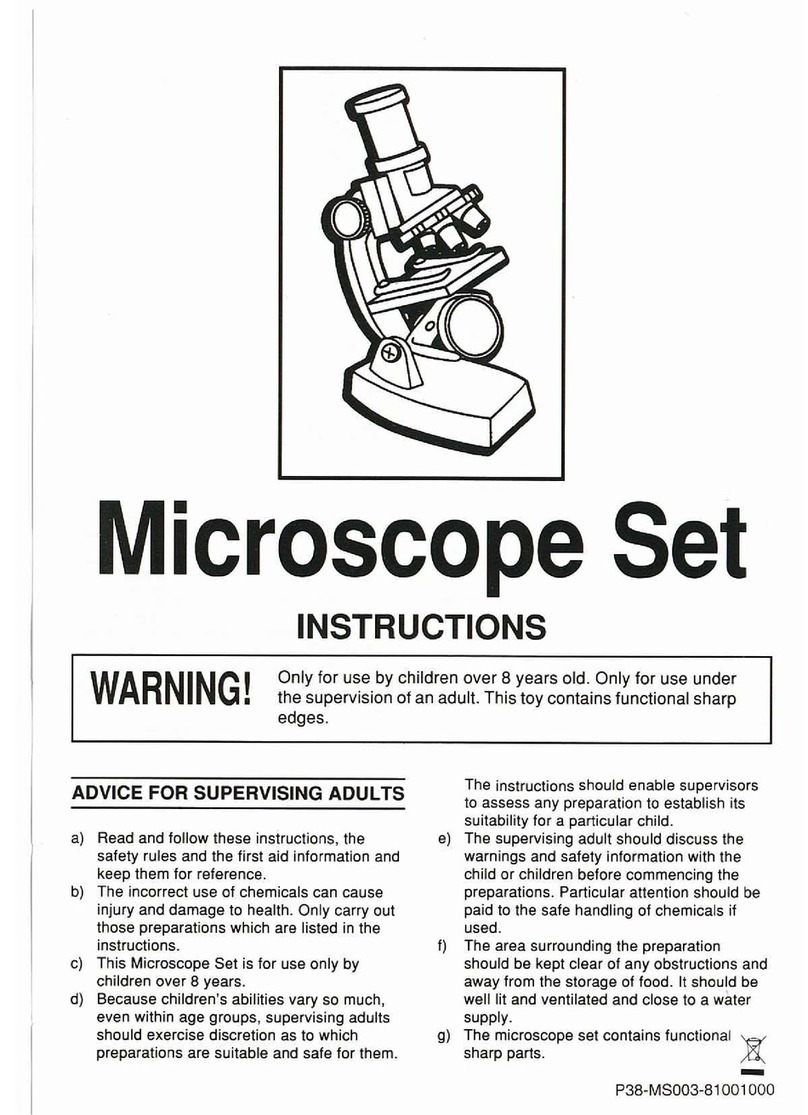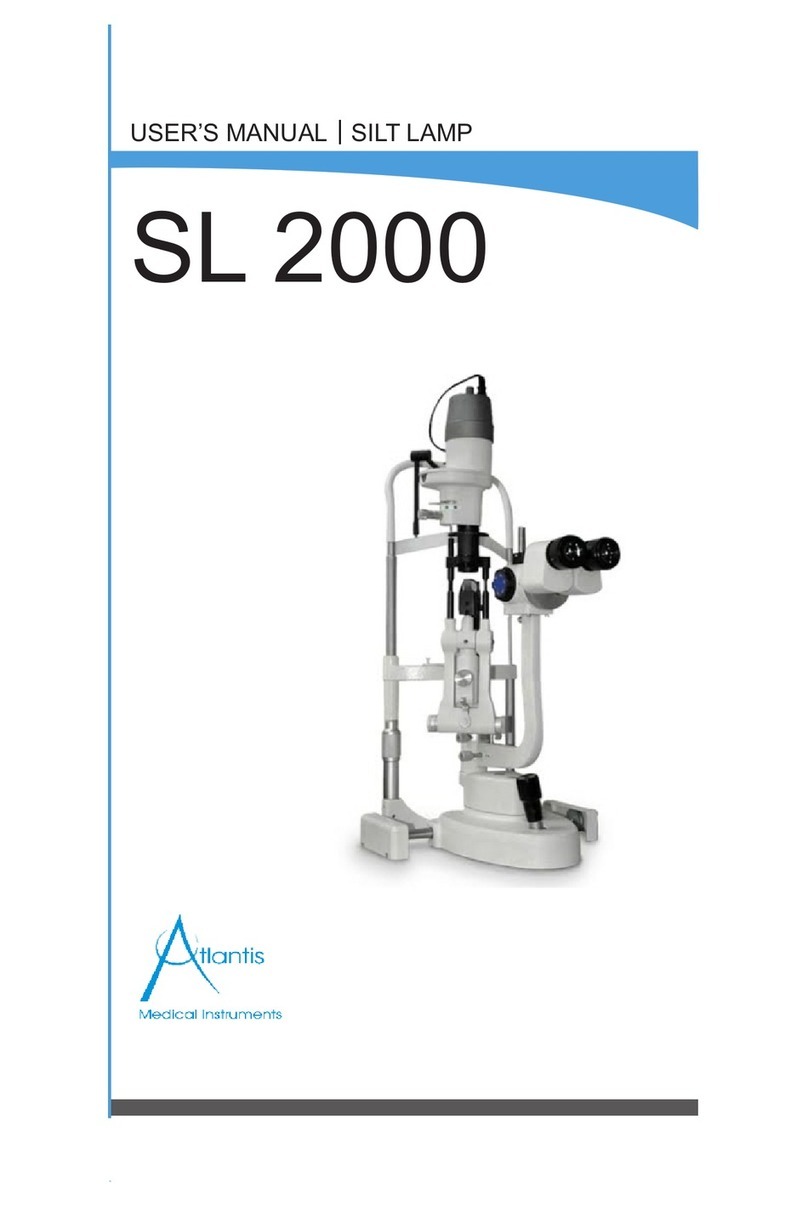
Contents
iv
Contents
Introduction .........................................................................................................................i
Contents of the Manual ....................................................................................................ii
Symbols Used in This Manual ..........................................................................................ii
Summary of Contents ....................................................................................................... iii
Assembly.................................................................................................. 1
1 ECLIPSE Ni-U System Configuration .......................................................................2
2 Components List .......................................................................................................3
3 Assembly Method......................................................................................................4
Introduction ...................................................................................................................... 4
[1] Check the input voltage...................................................................................... 4
[2] Attach the DIA motorized shutter (optional). ...................................................... 5
[3] Attach the lamp. ................................................................................................. 5
[4] Attach the lamphouse for dia-illumination. ......................................................... 5
[5] Attach the standard arm/contact arm. ................................................................ 6
[6] Attach the epi-fluorescence cube turret and epi-fluorescence attachment
(required for epi-fluorescence microscopy)........................................................ 7
■Attaching a filter cube ............................................................................... 8
■Replacing excitation and barrier filters ..................................................... 9
■Attaching a light shielding plate................................................................ 9
[7] Attach the quadrocular tilting tube and DSC zooming port
for quadrocular tube. ........................................................................................ 10
[8] Attach the EPI motorized shutter (optional). .................................................... 10
[9] Attach eyepieces. ..............................................................................................11
[10] Attach the substage...........................................................................................11
[11] Attach the condenser holder. ........................................................................... 12
[12] Attach the stage. .............................................................................................. 12
[12.1] For standard stage .......................................................................... 12
[12.2] For rotatable ceramic coated stage................................................. 12
[13] Attach the condenser........................................................................................ 13
■Attaching the optical module to the universal condenser....................... 13
■Attaching the DIC module to DIC condenser oil..................................... 17
[14] Attach the nosepiece........................................................................................ 19
[15] Attach the objective. ......................................................................................... 19
[16] Attach the DIC rotation polarizer unit (required for differential interference
contrast microscopy). ....................................................................................... 19
[17] Attach the eyelevel riser (optional)................................................................... 20
[18] Attach a camera and connect the DS camera control unit (optional). ............. 20
[18.1] When attaching to the DSC port for the ergonomic binocular tube 20
[18.2] When attaching to the DSC zooming port for quadrocular tube ..... 21
[18.3] When attaching to the quadrocular tilting tube................................ 21
[18.4] When attaching a camera to the trinocular tube ............................. 21
[19] Replace the ND filter (optional)........................................................................ 22
[20] Connect the motorized device cable................................................................ 22
[21] Connect the power cord. .................................................................................. 24
Troubleshooting..................................................................................... 25
1 Optical System and Operation ................................................................................26
1.1 General............................................................................................................. 26
1.2 Epi-fluorescence Microscopy ........................................................................... 30
1.3 Differential Interference Contrast Microscopy.................................................. 31
